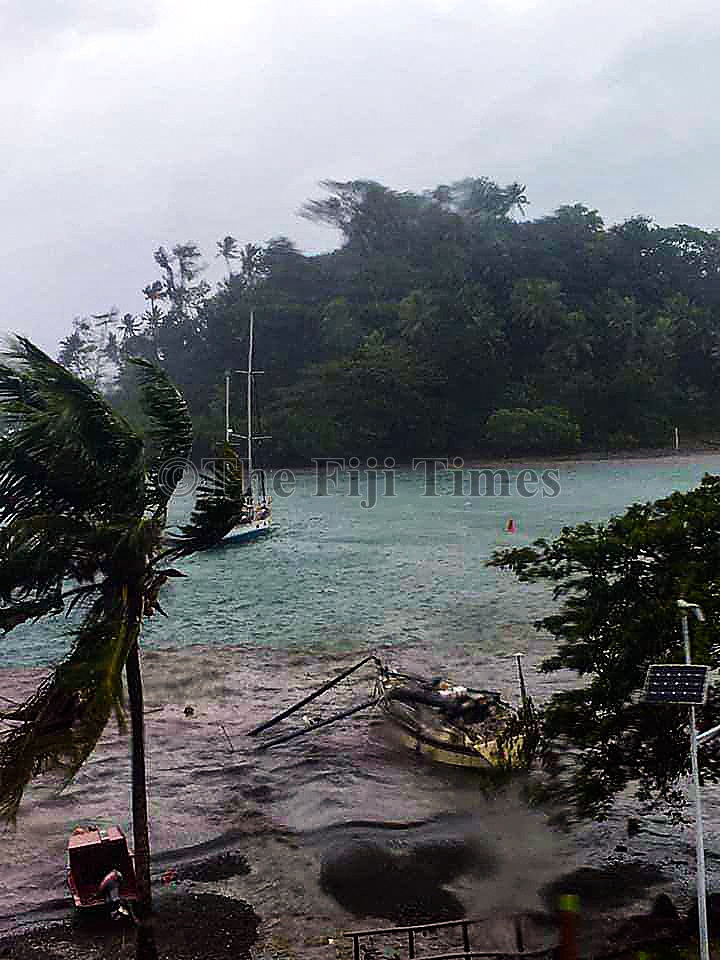During the passage of STC Harold, the Fiji Meteorological Service was able – for the first time – to operationally use its Storms Surge Model, says Minister for Meteorological Services Jone Usamate.
In his statement in Parliament on Thursday, Mr Usamate said when there were tropical cyclones, it was usually associated with storm surges – the rising of wave heights in the ocean and resulted in coastal inundation.
He said the storm surge model predicted wave heights of 6m to 8m – and this information was used as part of the severe weather bulletins issued to members of the public.
“In addition to this, the model was developed as part of the coastal inundation forecasting demonstration project for Fiji,” Mr Usamate said.
He said the project started way back in 2014 and was a joint collaboration between the Fijian Government through the Fiji Met Service and the World Meteorological Organisation (WMO).
“Through this project, a regional storm surge model was developed for the region but a separate storm surge model was developed specifically for Fiji and both of these tools were used during the passage of severe Tropical Cyclone Harold and we are seeing the benefits of such tools,” Mr Usamate said.
“Coastal inundation is an increasing threat to the lives and livelihoods of people living in low-lying, highly-populated coastal areas.
“The management of such risks represents a great challenge to scientists and policymakers in the areas of meteorology, hydrology, oceanography, emergency management and coastal planning.
“Communities that benefit from improved coastal inundation and storm surge modelling include coastal urban and rural communities, the emergency management and response authorities such as the NDMO, industries, businesses and coastal tourism.
“With storm surge modelling in place, alerts and warnings issued to coastal communities can be disseminated with confidence and the development of critical infrastructure along or near the coast can be tailored to accommodate the wave height predictions produced by the model.”
Mr Usamate said climate change-induced sea-level rise may result in the change of frequency and intensity of wave heights.
He said with storm surge modelling software readily available, the Fiji Met Service was able to effectively provide accurate models keeping updated with changing climatic conditions.




